Crooked Dances
Penultimate Press is proud to present the debut vinyl release from Derek Baron. From Chicago, IL, now residing in Queens, NY Baron’s work muses on the interior and exterior via explorations of history, memory, listening, domestic ambience and the collective understanding of sound as amorphous matter. Crooked Dances presents a series of Erik Satie’s piano works as played in a flatshare with various interruptions by those who also contribute to the electricity, water and internet bills. It compris…
Korea Undok Group
After a run of extremely under the radar cassette releases, Penultimate Press is proud to present the first vinyl collection of works by the Winnipeg outfit Korea Undok Group. With more hiss than a valley of snakes the various monikers here cover the gamut of contemporary practice traversing industrial decay, rhythmic pulse onwards to piano etudes and fractured possession. All these forms come debossed with the signature destroyed tape aesthetic which makes these sharks so lonely.180 gram vinyl…
For Tentou Mishima
Kazuo Imai (born in 1955) studied with Masayuki Takayanagi and Takehisa Kosugi, and has been performing improvised music since the 1970s. While his principal instrument is the guitar, he also makes extensive use of viola da gamba, electronics, everyday items and natural objects, freely performing music born of myriad sounds. This album is comprised of five pieces from Imai’s live performance on the final day of a solo exhibition by graphic artist Tentou Mishima (who died in 2012), held at the ga…
Titan
The organic depth of their album Titan is a bone chilling experience performed solely on drums, acoustic bass and a grand piano. Combining elements of minimalism, repetitive patterns, odd-time signatures and noise, Plaistow builds from the strong fundaments from previous works like The Crow, Lacrimosa and Citadelle.This group of amazing musicians is an organism of it’s own. No mathematics, no complicated array of notes. It’s not jazz, it’s not conceptual. The music on Titan is deeply rooted in g…
Instead of the Sun
Recorded in Sydney by Chris Abrahams and Burkhard Beins from January 5th to 9th, 2015. “I am quite a fan when it comes to the music on Abrahams, as he brings much energy and vibrancy to the table, and that is no different on this new release.It's quite difficult to dissect what is going on here. Should one not know who made this album, a blind test if you will, then one could easily think this is an album made with a modular synthesizer and perhaps very little something else; it is not easy to d…
08.09.13 Collective Improvisation
Marginal Concert is the collective improvisation project made up of Kazuo Imai, Tomonao Koshikawa, Kei Shii, and Masami Tada. All of the members were students of Takehisa Kosugi at Bigakko art school in 1975. They started the project on the invitation of Imai in 1997. Each year Marginal Consort holds from one to several concerts in which they perform continuously, without interruption, for two to four hours. Various electronic and acoustic sounds blend and coexist, and myriad sound colors…
Blizzard
Recorded in the midst of an actual extreme winter weather event, Blizzard conjures the early synthesizer experiments of Popol Vuh and Tangerine Dream combined with the gritty reel-to-reel tape manipulations long employed by both Aaron Dilloway (Hanson Records / ex-Wolf Eyes) and Robert Turman (founding member of the pioneering industrial outfit NON and a celebrated solo artist in his own right).As the story goes, Blizzard was recorded in January 2009 during an Ohio snowstorm which hit on the ver…
The Left Hand Path
Zu has always been a mercurial and ever-changing entity: unafraid of cross-genre explorations, eager to break down barriers between musical styles. Despite playing traditional instruments, major influences on Zu's music have always been sonic explorers like Coil, Throbbing Gristle, or early Neubauten. The sound of The Left Hand Path is the somewhat hidden side of Zu, though latent in all of its previous music. It's like digging out a box from the earth, containing everything the band had wished …
Ant Farm
An incredible album of music, conjoining two different sonic aspects of Maine's Strangeness. Big Blood are well known to fanciers of contemporary sub-underground sounds. The duo of Colleen Kinsella andCaleb Mulkerin have been conjuring up rural-experimental ghosts for over a decade. Feeding Tube has previously released their double LP set,Radio Valkyrie (FTR 103LP) to rapturous acclaim. Their music embodies the mysteries of the deep woods better than any other artist we can name.Elliott Schwartz…
Pythagorean Dream
LP version. Includes printed inner sleeves and download code. Rhys Chatham returns with his first solo album since 2013, the enchantingPythagorean Dream. Having studied under Terry Riley and La Monte Young (with whom he later went on to work), Chatham fused the overtone-drenched minimalism of John Cale and Tony Conrad with the relentless, elemental fury of the Ramones. It was an inspired amalgamation -- the textural intricacies of the avant-garde colliding with the visceral punch of electric gui…
Salvador Kali
Exiled Records is very excited to present the first ever vinyl edition of Sir Richard Bishop's Salvador Kali. Originally released on cd by John Fahey's Revenant in 1998. This was released following a run of peak Sun City Girls activity (330,003 Crossdressers, Dante's Disneyland Inferno) and came as something of a shock; a stunningly beautiful instrumental album that was entirely accessible! Composed and recorded free of the burden of expectation, his debut album marked Bishop as a force operatin…
Issue 3
Featuring exclusive flexi w/tracks from VIOLENCE CREEPS, SHOCKWAVES, TV SLIME & BLEEDING GUMS. Brand new zine based out of Chicago focused on covering not just punk as a style of music or subculture, but to cover the many interests of people in the punk community that fall outside the traditional definitions of punk. Featuring interviews with BORN, SHOPPING, HALO OF FLIES RECORDS, VIOLENCE CREEPS, JAMIE & THE DEBT, DISASTERPEACE, & many more.
Issue 2
Featuring exclusive flexi w/tracks from SIAMESE TWINS, PALSTIC, MACE, & UFUX. Brand new zine based out of Chicago focused on covering not just punk as a style of music or subculture, but to cover the many interests of people in the punk community that fall outside the traditional definitions of punk. Featuring interviews with ROYAL HEADACHE, TRAUMA HARNESS, BERNAYS PROPAGANDA, W. KAMAU BELL, STARING PROBLEM & many more.
Issue 1
Featuring exclusive flexi w/tracks from AUSMUTEANTS & LUMPY & THE DUMPERS. Brand new zine based out of Chicago focused on covering not just punk as a style of music or subculture, but to cover the many interests of people in the punk community that fall outside the traditional definitions of punk. Featuring interviews with AUSMUTEANTS, TOM SCHARPLING, CAPITALIST KIDS, MARTIN SORRONDEGUY (LOS CRUDOS/LIMP WRIST), SLUGBUGS
Fornalha
Norberto Lobo is a mind-bending musician, modulating psychedelic ideas to the guitar. The record moves through the listening spaces like a New Orleans processional gathering & dropping sounds, as it winds through different chambers. Bowed guitars that sound more like bright cellos, a prepared guitar that sounds like a dry plastic lute & some sweet vocal oohing reminiscent of Brian Eno's fried-orchestral singing in Gavin Bryars' ensemble.
Cool Truth
1st time LP reissue of 1985 album is a damaged, hallucinatory journey that radiates from a Chicago blues core. Performing most, if not all, the instruments himself -- sax, guitar, harmonica, marimba, etc. -- Wolf speaks in tongues, hollers & serenades. Alternates between Sun Ra-style orchestration & primitive forms to more traditional blues takes. Includes download.
I [Sound Encounter Electric LIVE Recording]
Japanese sound artist Masami Tada had participated in the workshop of Takehisa Kosugi at Bigakko in 1970's. His name is known as a main member of legendary improvisation group "East Bionic Symphonia" and "GAP" in mid '70s (both LPs released by ALM Records are extremely rare as you know). Nowadays Tada is mostly interested in photo installations and sound performance - he called 'sound encounter' - used many bamboo cylinder and some amplified objects. All CDs are released from SOH Gallary in Toky…
MU [Sound Encounter]
Japanese sound artist Masami Tada had participated in the workshop of Takehisa Kosugi at Bigakko in 1970’s. His name is known as a main member of legendary improvisation group "East Bionic Symphonia" and "GAP" in mid '70s (both LPs released by ALM Records are extremely rare as you know). Nowadays Tada is mostly interested in photo installations and sound performance - he called 'sound encounter' - used many bamboo cylinder and some amplified objects. All CDs are released from SOH Gallary in Toky…
Ne [Sound Encounter]
Japanese sound artist Masami Tada had participated in the workshop of Takehisa Kosugi at Bigakko in 1970’s. His name is known as a main member of legendary improvisation group "East Bionic Symphonia" and "GAP" in mid '70s (both LPs released by ALM Records are extremely rare as you know). Nowadays Tada is mostly interested in photo installations and sound performance - he called 'sound encounter' - used many bamboo cylinder and some amplified objects. All CDs are released from SOH Gallary in Toky…
Son [Sound Improvisation]
Japanese sound artist Masami Tada had participated in the workshop of Takehisa Kosugi at Bigakko in 1970’s. His name is known as a main member of legendary improvisation group "East Bionic Symphonia" and "GAP" in mid '70s (both LPs released by ALM Records are extremely rare as you know). Nowadays Tada is mostly interested in photo installations and sound performance - he called 'sound encounter' - used many bamboo cylinder and some amplified objects. All CDs are released from SOH Gallary in Toky…
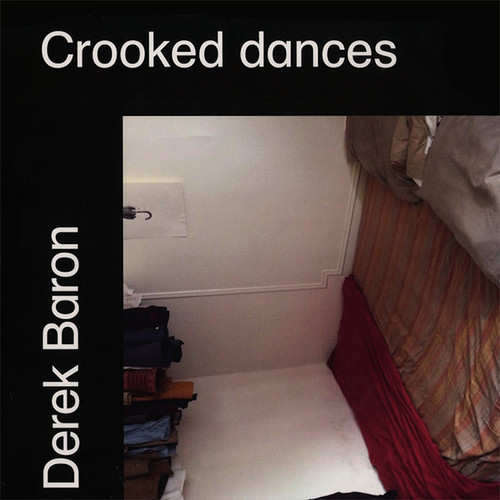
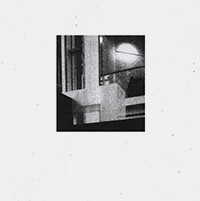
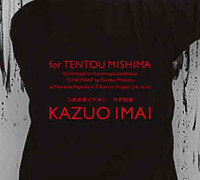
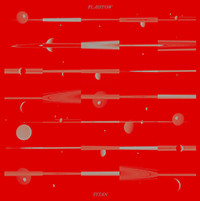
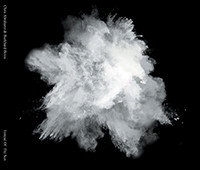



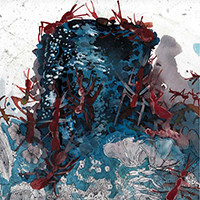
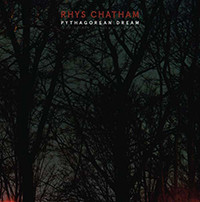
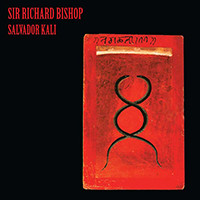
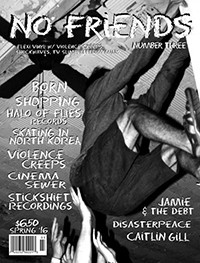
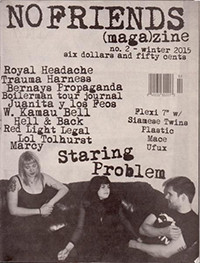


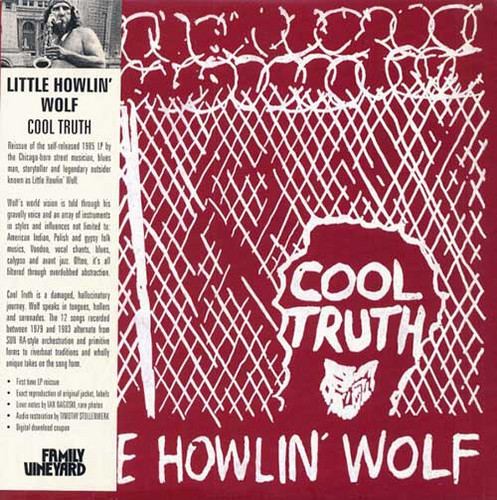
![I [Sound Encounter Electric LIVE Recording]](https://cdn.soundohm.com/data/products/2025-08/tada-masami-ok-jpg.jpg.500.jpg)
![MU [Sound Encounter]](https://cdn.soundohm.com/data/products/2025-08/masami-tada-jpg.jpg.500.jpg)
![Ne [Sound Encounter]](https://cdn.soundohm.com/data/products/026/masami-tada-ne-sound-encounter.jpg.500.jpg)
![Son [Sound Improvisation]](https://cdn.soundohm.com/data/products/026/masami-tada-son-sound-improvisation.jpg.500.jpg)